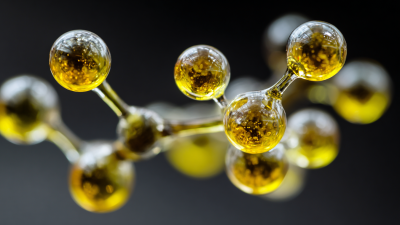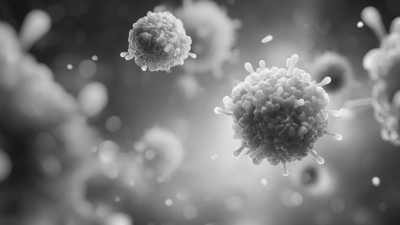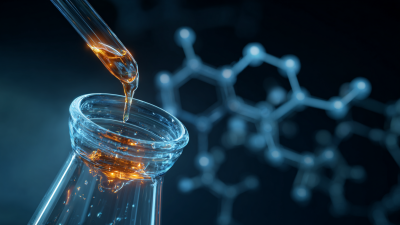Leave Your Message
The introduction of N Hydroxysuccinimide Ester (NHSE) into biochemical research marks a significant advancement in the field, particularly in bioconjugation and drug delivery systems. According to a report by Research and Markets, the global bioconjugates market is projected to reach $8.75 billion by 2025, driven by the growing demand for advanced therapeutics and diagnostics. NHSE, known for its ability to form stable linkages with amino groups in proteins and peptides, has emerged as a pivotal tool for scientists aiming to improve the efficacy and targeting of biomolecules. Its versatile applications are supported by the increasing interest in protein modification technologies, which are expected to gain traction in the coming years, as stated in a recent analysis published by Journal of Medicinal Chemistry. As the field of biochemical research continues to evolve, N Hydroxysuccinimide Ester stands poised to unlock new possibilities for innovative therapeutic solutions and advanced research methodologies.
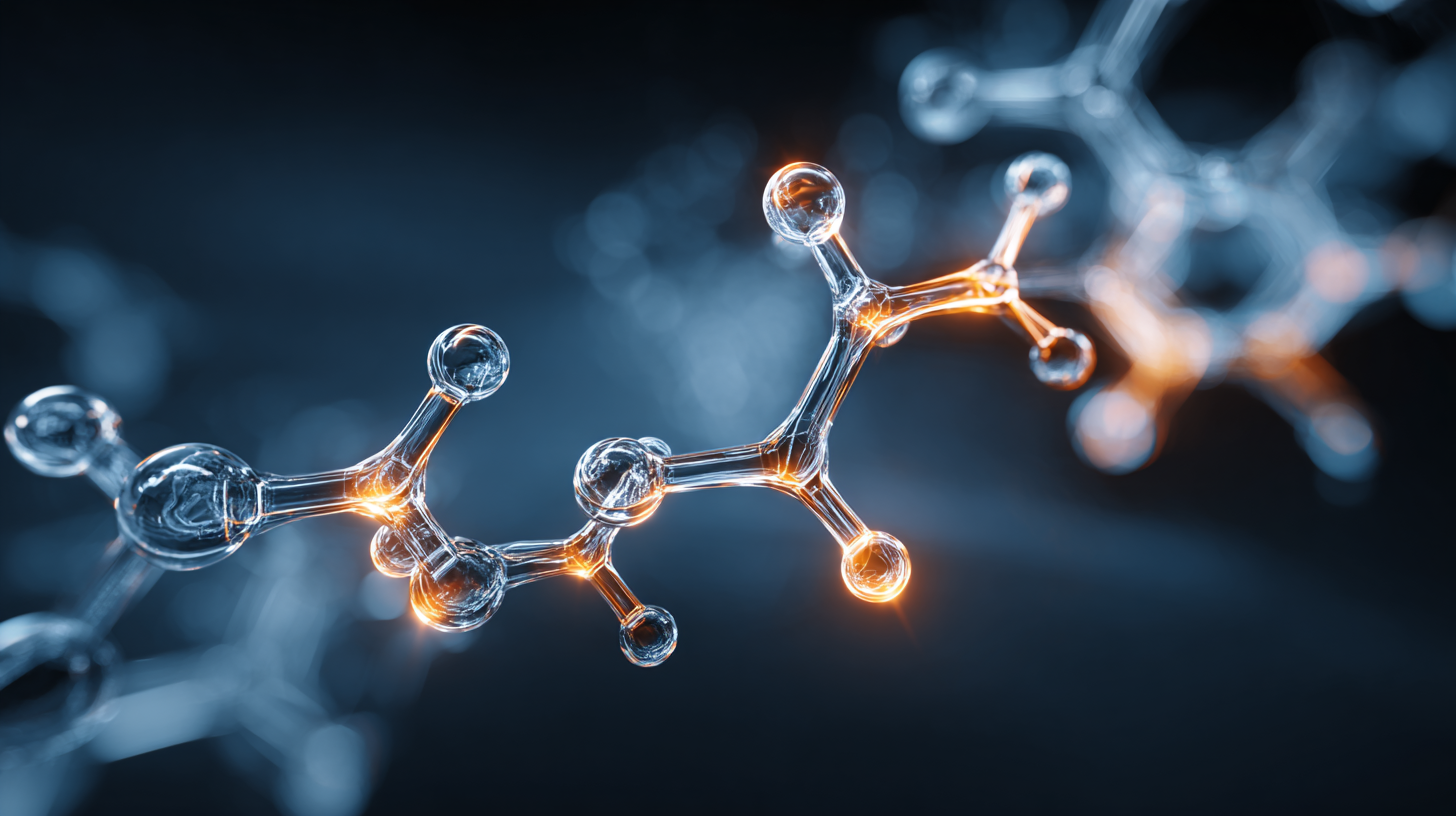
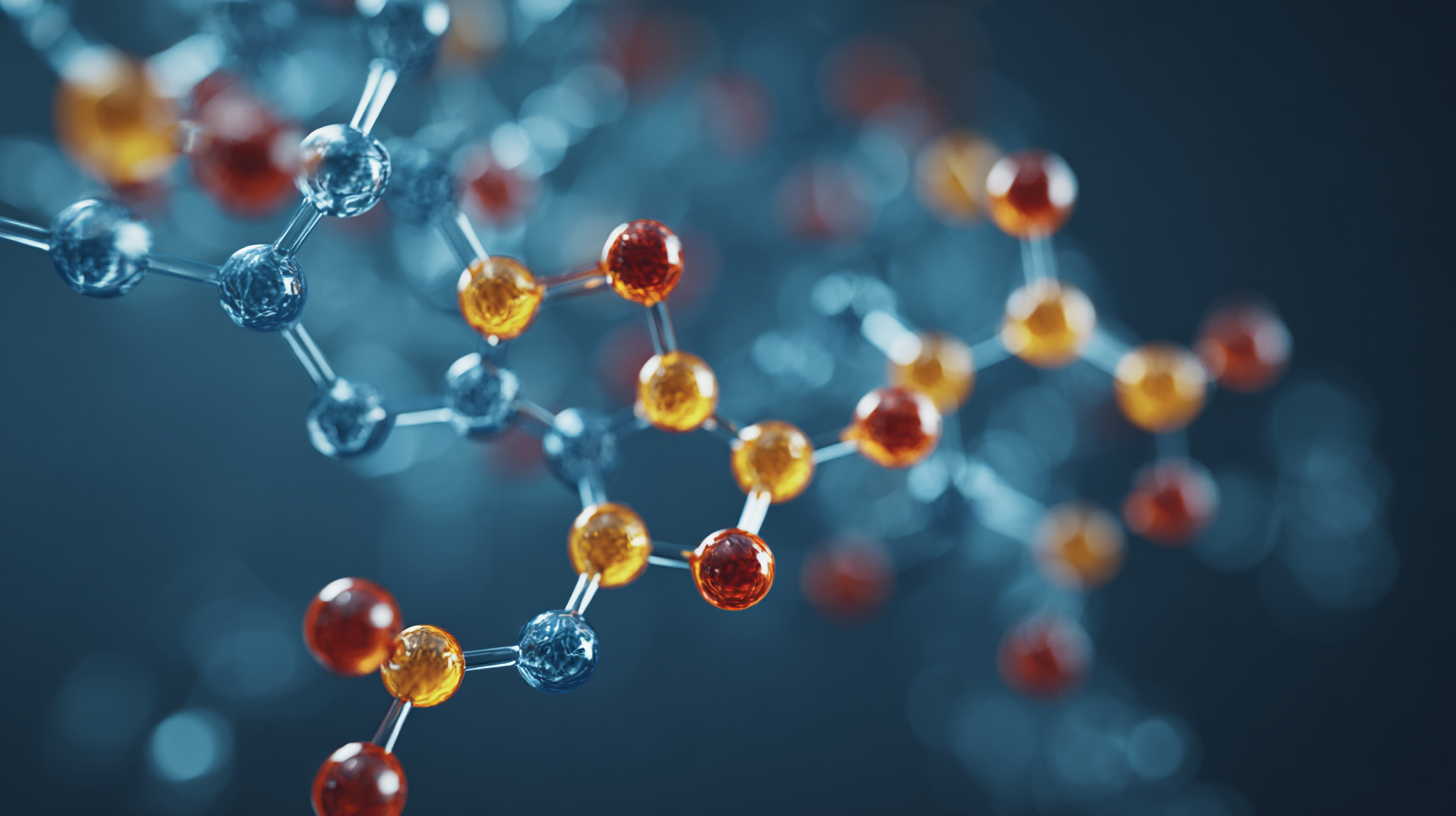 N Hydroxysuccinimide ester (NHS ester) is a vital reagent in biochemical research, utilized for its unique ability to activate carboxylic acids for amine coupling. Its structure, featuring a cyclic imide, allows for exceptional stability and reactivity, making it an essential component in various applications, including protein labeling and bioconjugation. NHS esters are particularly respected for their specificity and efficiency in forming stable amide bonds with amino groups, enhancing the precision of biochemical experiments.
N Hydroxysuccinimide ester (NHS ester) is a vital reagent in biochemical research, utilized for its unique ability to activate carboxylic acids for amine coupling. Its structure, featuring a cyclic imide, allows for exceptional stability and reactivity, making it an essential component in various applications, including protein labeling and bioconjugation. NHS esters are particularly respected for their specificity and efficiency in forming stable amide bonds with amino groups, enhancing the precision of biochemical experiments.
When working with NHS esters, there are a few key Tips to keep in mind. First, always use anhydrous conditions; moisture can hydrolyze the reactive ester, reducing yield and complicating reactions. Second, consider the pH of your reaction mixture. Optimal conditions typically fall between pH 7 and 8, as this enhances the nucleophilicity of amines, improving coupling efficiency. Lastly, be mindful of the steric hindrance of the amines used, as bulky groups can inhibit the reaction and decrease overall success rates.
Understanding the properties of NHS esters can significantly influence your experimental outcomes. Their solubility in common organic solvents like DMSO or DMF further increases their utility, allowing seamless integration into diverse biochemical workflows. Researchers must capitalize on these advantages to push the boundaries of biochemical exploration and innovation.
N Hydroxysuccinimide Ester (NHS Ester) has emerged as a pivotal component in bioconjugation processes, facilitating the efficient linking of biomolecules such as proteins, peptides, and nucleic acids. This versatility is particularly crucial in the development of bioconjugates that enhance the functionality of biomaterials. The ongoing exploration of NHS Ester within the context of poly(acrylamide) gels showcases its potential to balance chemo-selectivity and biofunctionality, essential qualities for applications in cell culture, tissue engineering, and regenerative medicine.
Recent innovations highlight the robustness of NHS Ester in creating targeted bioconjugation platforms. For instance, new methodologies that leverage NHS Esters enable the site-specific conjugation of DNA to antibodies, streamlining the process significantly. Such advancements not only simplify the bioconjugation process but also enhance the overall efficacy of biomolecular tools by providing precise control over the coupling reactions, ultimately driving progress in biochemistry and molecular biology. This growing recognition of NHS Ester underscores its transformative role in bioconjugation, paving the way for novel applications and refined experimental approaches in the field.
N Hydroxysuccinimide Ester (NHS Ester) has emerged as a pivotal compound in the field of drug development, offering a versatile approach for the modification of biomolecules. Its ability to form stable covalent bonds with nucleophiles such as amines makes it a valuable tool for creating drug conjugates, enhancing the efficacy and selectivity of therapeutic agents. The applications of NHS Esters extend across various sectors, including pharmaceuticals, where they facilitate the development of personalized medicine and targeted drug delivery systems.
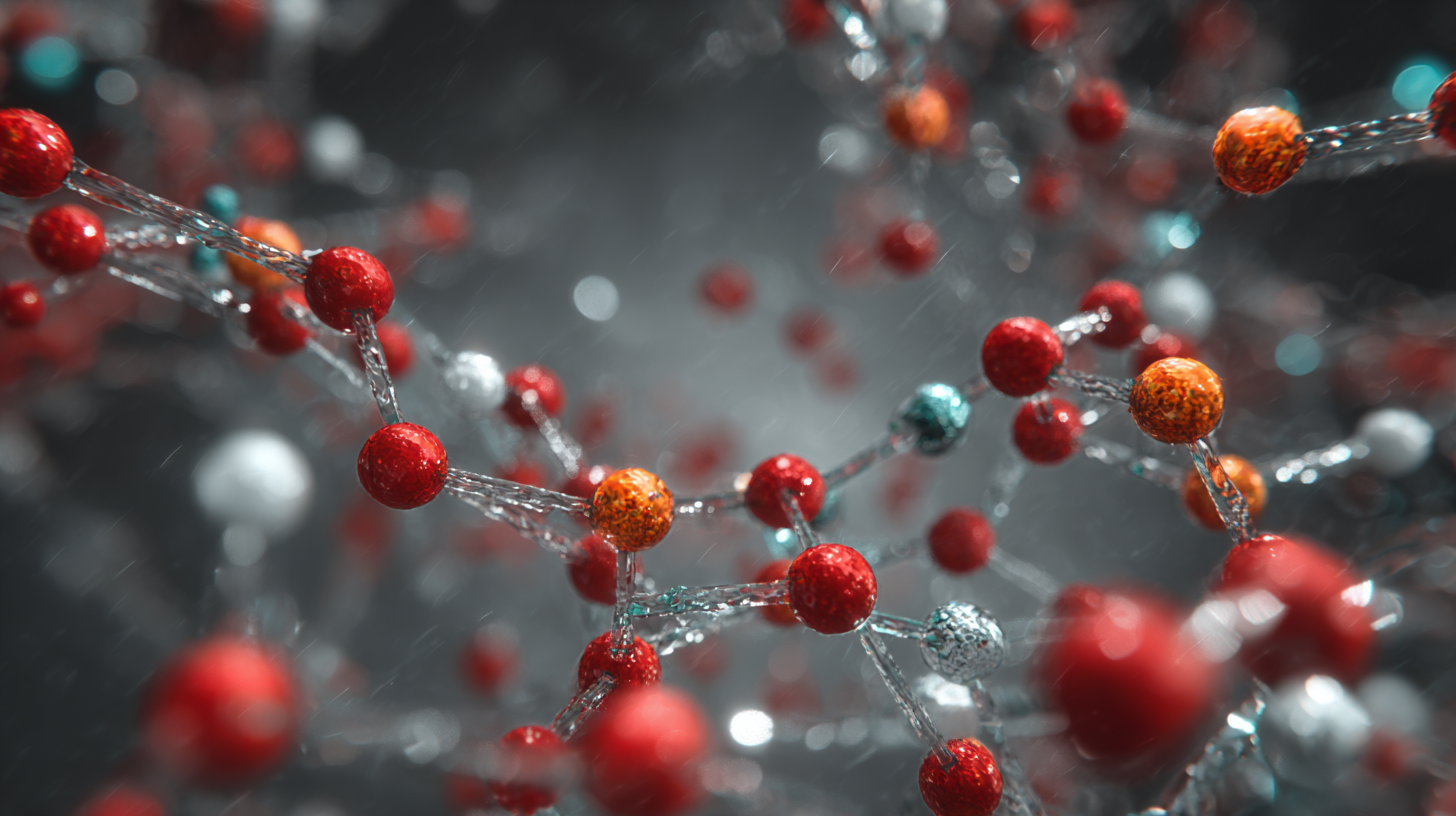
In the pharmaceutical industry, particularly in North America, the demand for innovative drug development methodologies is driving growth. This growing trend is anticipated to positively influence the market for NHS Esters, with key players focusing on expanding their product portfolios to cater to the rising need for advanced therapeutic solutions. Moreover, ongoing research into the applications of NHS Esters in enzymatic targeting and anti-inflammatory drug development highlights their potential in addressing current challenges faced by traditional therapies, further solidifying their role as game changers in biochemical research.
N Hydroxysuccinimide Ester (NHS ester) has emerged as a pivotal tool in biochemical research, particularly in the realm of protein labeling techniques. This versatile compound allows for efficient conjugation of proteins with a variety of labels, enhancing the study of protein interactions, structures, and functions. Recent studies indicate that NHS esters can dramatically increase the yield of bioconjugation reactions, with efficiency rates reported as high as 95% in certain applications. This high level of efficiency not only accelerates the research process but also improves the overall quality of the experimental results.
Tips: When using NHS esters, it’s crucial to optimize conditions such as pH and temperature to maximize labeling efficiency. Additionally, maintaining an anhydrous environment can significantly enhance the stability of the NHS ester and protect against hydrolysis, which can compromise the integrity of the conjugation reaction.
One of the standout advantages of NHS esters in protein labeling is their ability to selectively react with primary amines, allowing for targeted modification of specific sites on proteins. This specificity not only minimizes the occurrence of undesired side reactions but also facilitates the development of more precise assays and detection methods. Reports suggest that utilizing NHS esters can reduce reaction times by upwards of 50%, making them an essential component in the toolkit of contemporary biochemical research.
The future of biochemical research is set to be transformed by innovations surrounding N Hydroxysuccinimide Ester (NHS Ester). This versatile reagent has already made significant strides in protein labeling and drug development. By employing NHS Ester in conjugation strategies, researchers can achieve precise targeting of biomolecules, enhancing the efficacy of therapeutic agents. The ability to modify proteins with high specificity opens new avenues for the design of sophisticated drug delivery systems and the development of novel biomaterials.
Additionally, the application of NHS Ester in the field of biosensors is gaining traction. As researchers strive for more sensitive and selective detection methods, incorporating NHS Ester can facilitate the creation of innovative sensing platforms. These advancements not only promise to improve diagnostics but also have the potential to lead to breakthroughs in personalized medicine. As the toolkit for biochemical research expands, the role of N Hydroxysuccinimide Ester is likely to become increasingly pivotal, driving forward discoveries that could significantly impact healthcare and therapeutic strategies.
| Research Dimension | Application Area | Innovative Techniques | Future Prospects |
|---|---|---|---|
| Bioconjugation | Drug Delivery Systems | Click Chemistry | Enhanced targeting for therapeutics |
| Protein Modification | Diagnostics | Site-Specific Labeling | Precision medicine advancements |
| Synthesis of Biopolymers | Tissue Engineering | Self-Assembly Techniques | Regenerative therapies |
| Chemical Labeling | Immunoassays | Fluorescent Probes | New diagnostic tools |

